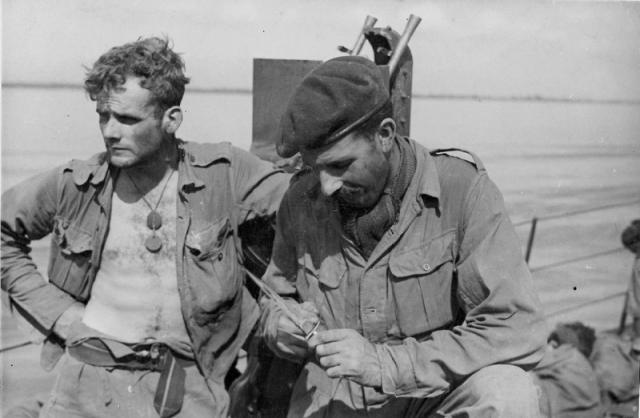‘I wasn’t prepared for the question “Why do you want to join the Commandos?” He prompted me with the right answer; “I suppose you want to have a crack at the Boche?”’
Lieutenant Colonel George Jellicoe recalling Commando enlistment, 1941
In both geographic terms and the number of men involved, World War II was the largest event in human history. Combined with the advent of new technology like airborne soldiers and submarines, as well as the incredibly high stakes, this made for rather daring and bold commando operations.
Cockleshell Heroes
These were a group of British Royal Marines that launched canoes from a submarine. Several canoes were damaged just attempting to launch them. The other five struggled against the tide and river obstacles. One crew capsized on the beach and were captured and executed.
Two of the five canoes finally made it to the Bordeaux Bassen docks, where they placed Limpet mines. These managed to damage a handful of ships. While the raid wasn’t massively successful in the damage caused, it did raise morale and forced the Germans to use more soldiers to guard against sabotage.
Operation Flipper
Operation Flipper was a British venture that originally had 4 goals: kill Rommel at his headquarters in Sidi Rafa, destroy the nearby Italian headquarters and its communications network, sabotage the Italian Intelligence Office and the communications network between two major cities, and finally, conduct general sabotage actions elsewhere in the Axis forces’ rear.
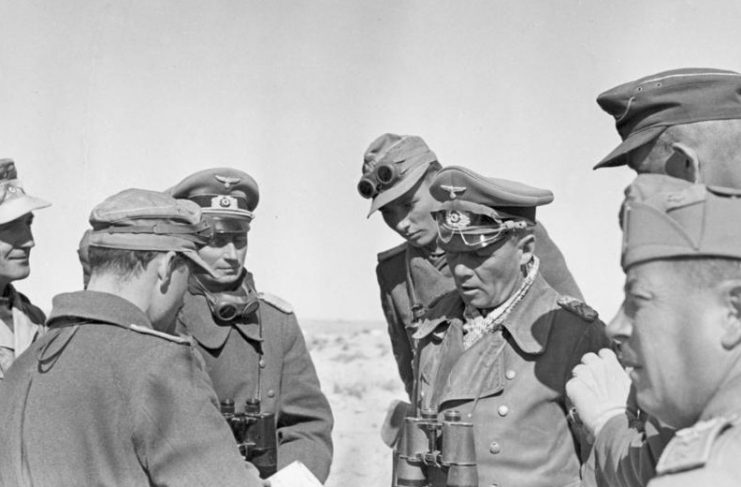
The force of 6 officers and 53 men disembarked from two submarines near Cyrenaica where they linked up with previously inserted paratroopers. A heavy squall prevented almost half of the soldiers from reaching the shore. The remainder were dogged by constant rain as they marched inland.
Several days later they reached the villa rumored to be Rommel’s headquarters. The three-man assault team killed the first German guard, ran through the hallways, and killed the remaining ten guards who were quickly arming themselves. One British commando was lost in the process.
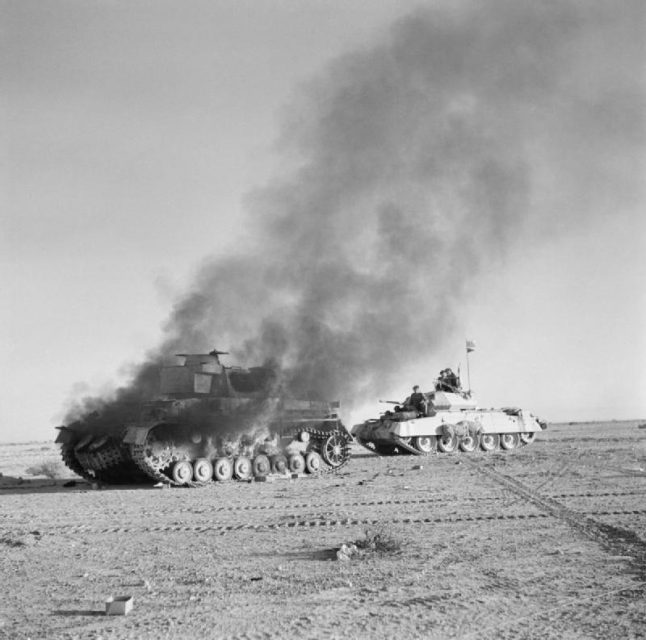
It turned out that Rommel was delayed by bad weather as well. As a result, the raid only killed some supply colonels and destroyed a fuel depot. Two members of the raid afterward spent 37 days dodging German patrols and they were the only ones to rejoin their lines.
The raid failed, but not due to a lack of daring courage from the British commandos.
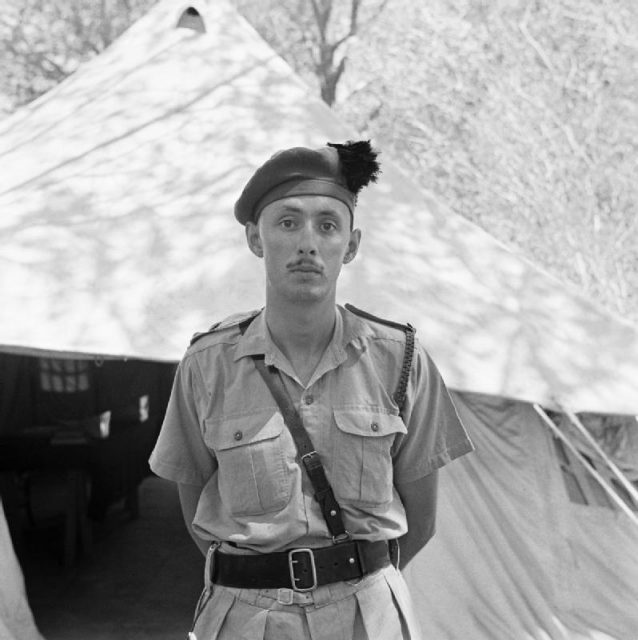
Norwegian Commandos Sabotage German Nuclear Weapons
The Germans processed radioactive heavy water needed for nuclear weapons testing at the Norsk Hydro plant in Norway. Despite suffering from exhaustion and starvation in just reaching the plant, the Norwegians managed to blow up the storage facility. This set back the Germans’ research by at least a few months.
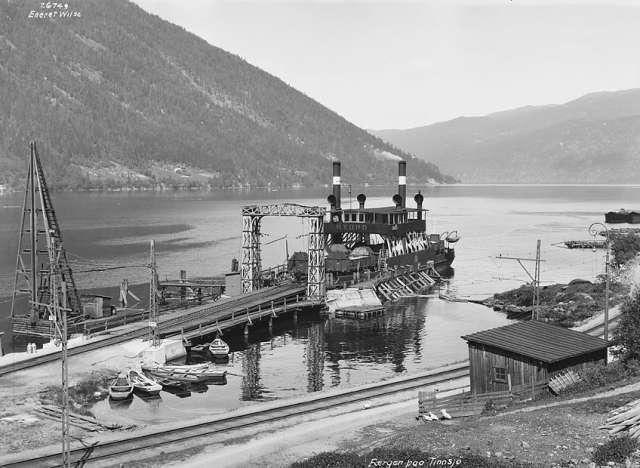
Months later the Germans were transporting another batch of heavy water by ferry, and again saboteurs blew it up. These were critical delays in German attempts to develop nuclear weapons.
German Paratroopers Take the World’s Strongest Fort
In their Blitzkrieg across Western Europe early in the war the Germans were helped by more than tanks. In 1940 the Belgian Fort Eben-Emael was a massive fortress designed to slow down and stall a German advance of any size.
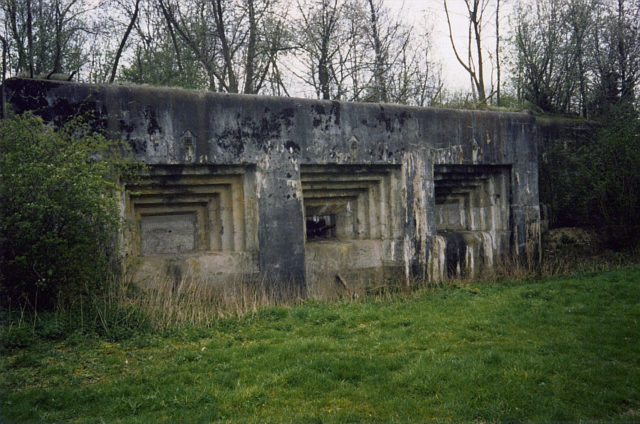
It was guarded by 800 soldiers and was a hornets’ nest of fortified heavy artillery and automatic weapons. The fortress guarded a key route the Germans needed to flank French fortifications and draw in Allied forces.
The Germans landed 85 paratroopers on top of the fort using gliders. These men quickly captured key areas of the fortress and disabled the guns that commanded the approaches to the fort and roads around it. German columns then quickly closed in on the fort, and the remaining defenders surrendered.
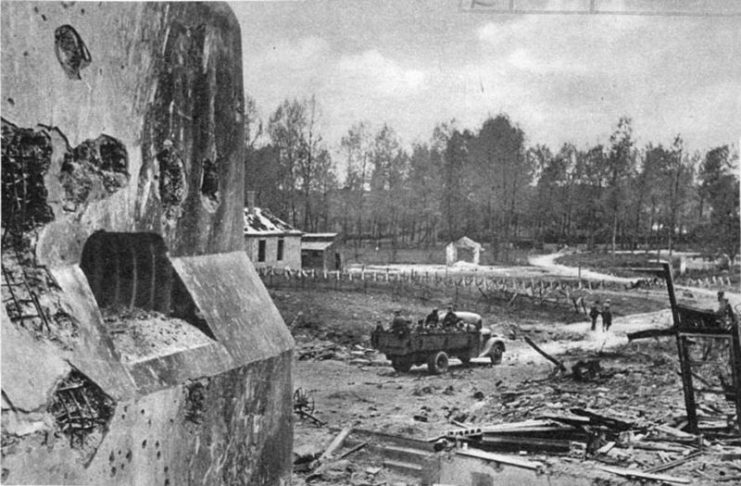
Ironically, Hitler eventually became a victim of this success, as he tended to overuse paratroopers who then sustained heavy casualties in future operations.
Benito Mussolini is rescued from a mountaintop retreat by German paratroopers
In July 1943 the Italians soured on the war, turned against their dictator, and tried to join the Allies. The free Italian forces captured Benito Mussolini and held him in a series of mountainous locations. Eventually the Germans tracked him down at Gran Sasso, a mountaintop ski resort.
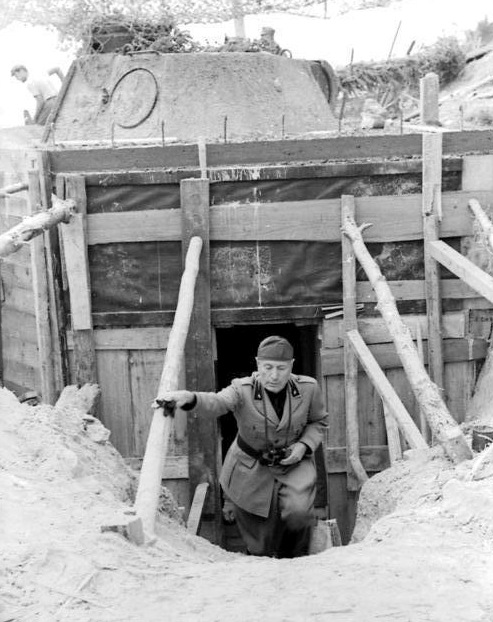
The Germans launched gliders at the location. Two of the gliders crashed in bomb craters created by the Allies. What appeared to be a level patch of grass in surveillance photographs was actually a series of jagged rocks.
The paratroopers managed to crash land just outside the hotel and rushed in. The Italian defenders did not open fire and Mussolini and his rescuers flew away on an overloaded lightweight plane.
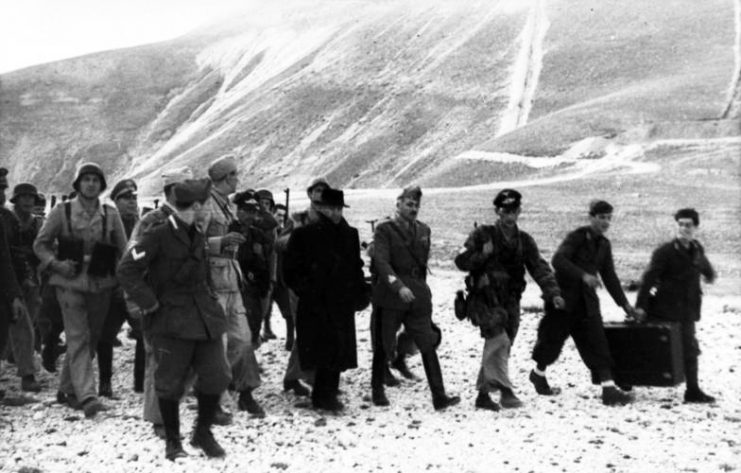
British Commandos Steal a German Radar Station
Even though the British were inflicting greater damage on German fighters in the Battle of Britain, the Germans had the advantage in short range radar. They had long range early warning and short range precision systems.
The five sections of British paratroopers made an almost perfect landing during a full moon and high tide in early 1942. The paratroopers were able to gather at the rally point in just ten minutes.
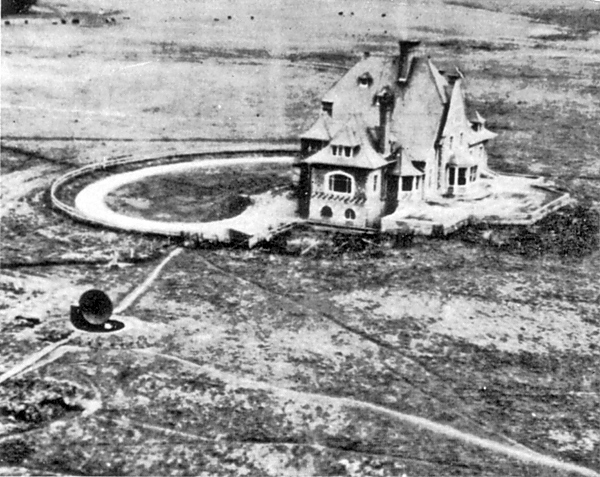
They quickly killed the lone soldier guarding the radar building itself, but that alerted the garrison nearby and started a nearly two-hour firefight.
For the first half hour the British held off the Germans while their accompanying technician dismantled the radar. The next hour and a half was a running firefight between the British transporting the radar and a column of German soldiers. The British had to clear a German pillbox that blocked their way to the beach as well.
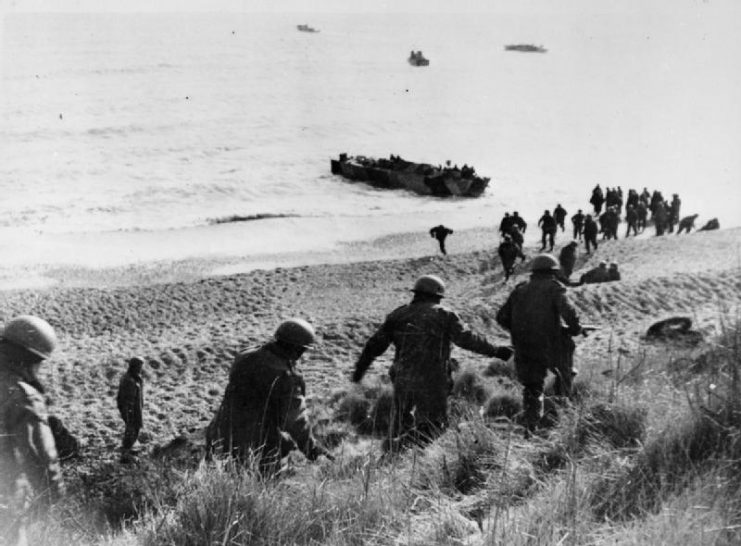
Once they made it to the beach their radios could not contact the British flotilla, so they used flares to communicate, and were evacuated just in time.
Warship as a Bomb
The Germans targeted Allied shipping, using a key port at St. Nazaire. This was one of the few German ports that could bypass the North Sea and the heavily defended Greenland, Iceland, UK gap.
The British planned to attack the port using the converted destroyer HMS Cambeltown. They would load the destroyer with explosives and ram the drydocks. Then commandos in motor- and torpedo boats would land and destroy the remaining dock facilities.
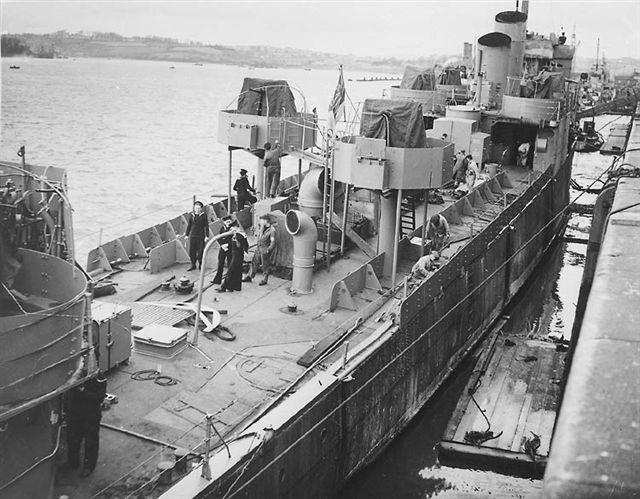
Read another story from us: Scissorforce: Britain’s WWII Commando Experiment in Norway. Did it Work?
Want War History Online‘s content sent directly to your inbox? Sign up for our newsletter here!
An Allied bombing raid put the town on alert and the ship was quickly spotted by German shore lights. Despite the blinding lights and numerous injuries the commandos managed to steer the ship into the drydocks. Under intense small arms fire they disembarked and destroyed their targets.
Unfortunately, many of the small craft were destroyed, so the disembarked commandos tried to escape by land but were quickly surrounded and killed. The ship exploded and put the drydocks out of commission for the remainder of the war.
